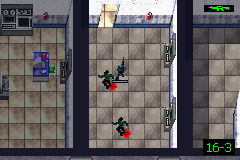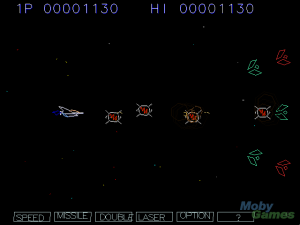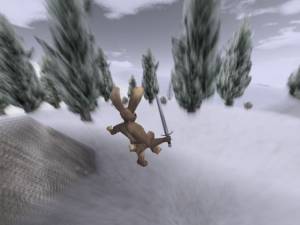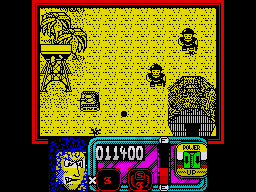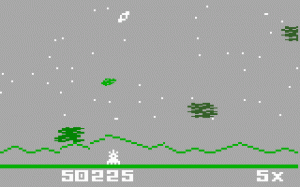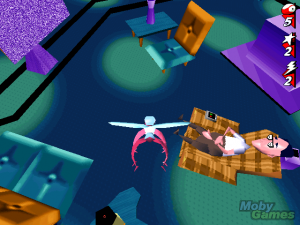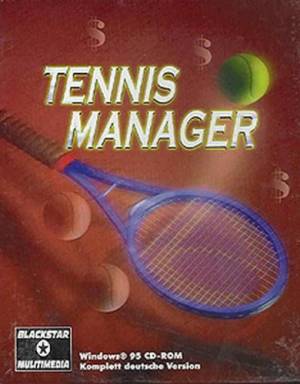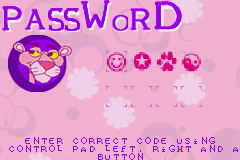Game Classification
Fairy Tales: Three Heroes Cats who play CJSC, Cats who play CJSC, 2009
Classification
VIDEO GAMEKeywords
Market
This title is used by the following domains:- Entertainment
Audience
This title targets the following audience:Age : 12 to 16 years old / 17 to 25 years old
General Public
Gameplay
The gameplay of this title is Game-based(designed with stated goals)
The core of gameplay is defined by the rules below:
Similar games
 Fairy Tales: Three Heroes is a Slavic tale of three Russian heroes who retired early when the nation was at peace. In their solitude, far from the world, their stories were soon forgotten until one day, Alesha, one of the heroes, unexpectedly meets a gang of robbers who try to sneak into his house. He learns from them that the world has changed. The nation is no longer stable and mischievous gangs are running rampant. Alesha decides to find back his former friends Dobrynya and Ilya to team up and restore the former glory.
Fairy Tales: Three Heroes is a Slavic tale of three Russian heroes who retired early when the nation was at peace. In their solitude, far from the world, their stories were soon forgotten until one day, Alesha, one of the heroes, unexpectedly meets a gang of robbers who try to sneak into his house. He learns from them that the world has changed. The nation is no longer stable and mischievous gangs are running rampant. Alesha decides to find back his former friends Dobrynya and Ilya to team up and restore the former glory.
This third-person action is a modern take on the Lost Viking concept where three friends, each with different abilities, need to work together. They travel through a bright, cel-shaded world divided into different areas. Each location contains a number of towns, dense nature, characters who provide quests and of course plenty of enemies. Using the Physx engine, almost every object can be pushed around or destroyed. The three friends run together and the player can switch between them at any time. Meanwhile, the computer AI takes over for the other two character's basic actions. The player can also exercise minor influence over them by asking them to follow or hold a position. Often they need to operate separately, for specific missions or to control an area from different directions at the same time.
The characters have distinct abilities. Alesha is an agile archer who runs the fastest and needs to take out enemies from a distance with bow and arrow. Dobrynya is stronger and usually wields a staff. He has the ability to pole-vault over obstacles where others cannot pass. Ilya is the brute with a giant sword and shield; slow but extremely effective in combat. They can pick up new weapons left behind by enemies (based on a wide range of statistics) or have it upgraded. By defeating enemies and completing quests, experience is earned to level up the character through a skill tree. Next to the primary weapons, each character can execute up to seven secondary attacks that can be upgraded up to three times. Alesha for instance can fire many arrows at once or aim precisely, while Ilya can swing his sword around to perform combos or pick up enemies and throw them far away. Executing them drains a Heroic Strength meter, that regenerates or is refilled through items. Not all attacks can be maxed out during the course of the game, so the most important ones need to be singled out. The characters can also collect meat or apples to restore health, and a wide range of items used to poison weapons, gain excessive speed, freeze enemies, increase defence and more.
The many quests have the heroes attack fortresses and camps, protect towns, escort important characters or retrieve missing persons. In later missions, many of them occur at once introducing an invisible time limit or forcing the player to fight and protect characters at the same time. While the storyline is linear, players are free to explore the environment and explore the quests at first. Even though strategical switches between the characters are important while fighting, the combat itself is mostly pure hack-and-slash. Quests show up on a mini-map where waypoints can be activated to quickly move towards a goal. Movement is done through the keyboard, while the mouse is used to look around and perform actions. [source:mobygames]
Distribution : Retail - Commercial
Platform(s) : PC (Windows)
 Français
Français English
English



